Fatigue significantly impacts dart balance, leading to inconsistent throws and decreased accuracy. This article will explore the connection between fatigue and dart performance, offering practical strategies to mitigate its effects and improve your game. We’ll also cover related topics such as proper stance, vision training, and the importance of rest and recovery.
⚠️ Still Using Pen & Paper (or a Chalkboard)?! ⚠️
Step into the future! The Dart Counter App handles all the scoring, suggests checkouts, and tracks your stats automatically. It's easier than you think!
Try the Smart Dart Counter App FREE!Ready for an upgrade? Click above!
Understanding the relationship between fatigue and dart balance is crucial for any player aiming to improve their game. Even slight muscle fatigue can throw off your balance, leading to missed throws and frustration. Let’s delve into the specifics.
Fatigue and Dart Balance: The Connection
The link between fatigue and dart balance is direct. When your muscles are tired, your body’s ability to maintain a stable, consistent posture suffers. This instability directly impacts your throwing form, leading to inconsistent throws. This is especially true in longer matches or tournaments where maintaining focus and physical stability over extended periods is critical. For example, a tired arm might shake slightly, affecting your aim and throw. Similarly, leg fatigue can compromise your stance, leading to an uneven weight distribution and a wobbly throwing position. This is why understanding and managing fatigue is paramount for consistent performance in darts. Remember, even minor imbalances can significantly affect accuracy.
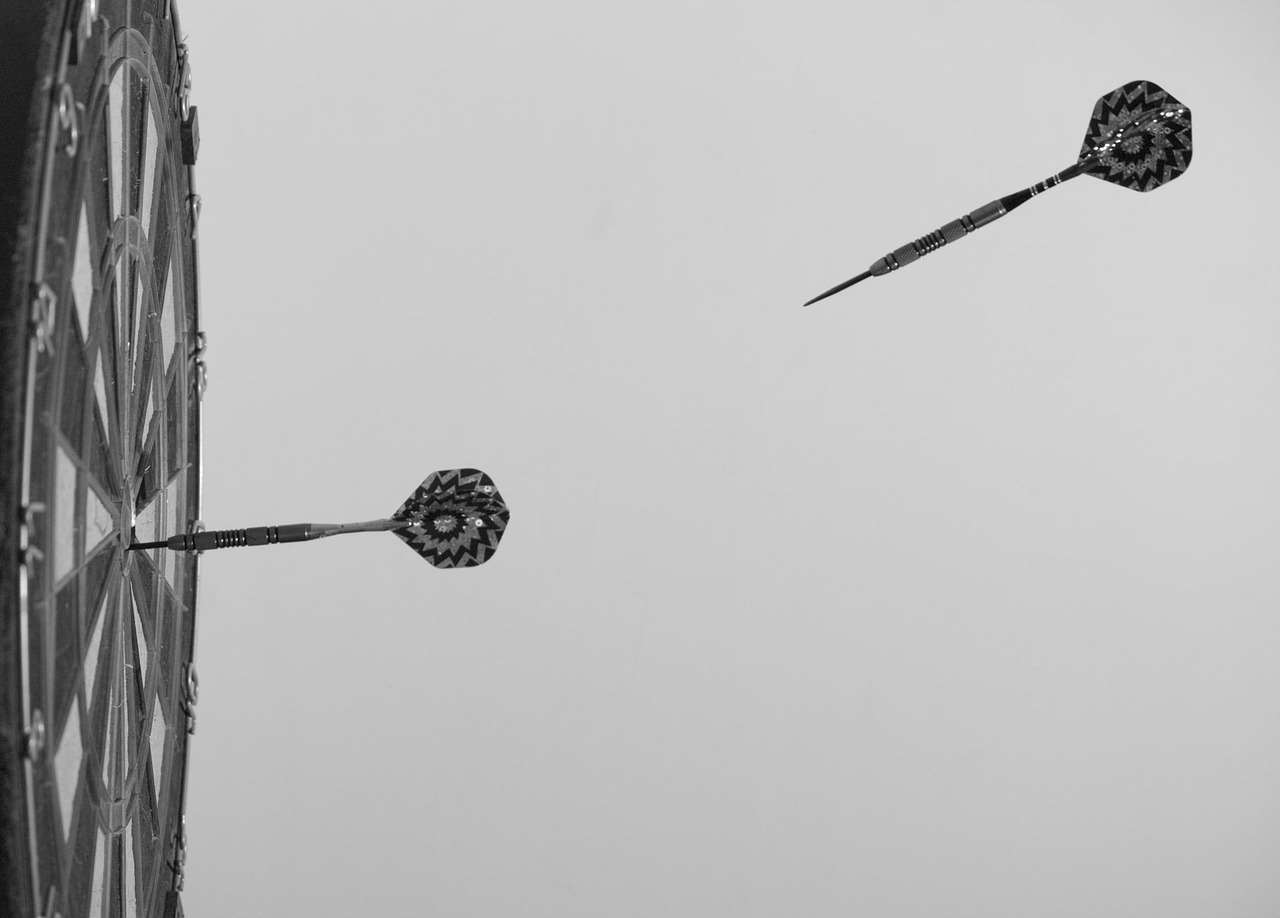
Fatigue isn’t just about physical exhaustion; mental fatigue plays a significant role, too. When you’re mentally tired, your concentration wanes, making it harder to focus on your technique and execute your throws effectively. Maintaining focus is essential for successful darts, as even minor deviations in your stance or throw can significantly affect your accuracy. Poor focus often results in missed throws and lower scores. Managing both physical and mental fatigue is thus crucial for maintaining optimal performance in this precision-based sport. You might find that you begin to make more mistakes, often due to less precise aiming and throwing.
Identifying the Signs of Fatigue
Recognizing the early signs of fatigue is crucial for preventing its negative impacts on your dart balance. Some common indicators include:
- Decreased accuracy: Are your darts consistently landing further from the bullseye than usual?
- Shaking hands or arms: Do you notice increased tremor in your throwing arm?
- Loss of concentration: Are you finding it difficult to maintain focus on your throws?
- Muscle soreness or stiffness: Are your throwing muscles feeling overly tired or tight?
- Increased frustration: Are you becoming more easily frustrated with missed throws?
If you notice any of these signs, it’s important to take a break and rest before continuing. Ignoring these signals can lead to further fatigue, hindering your performance and potentially leading to injury. Remember that maintaining a good physical and mental state is essential for a steady, accurate throwing motion and overall improved game.
Strategies to Manage Fatigue and Improve Dart Balance
Thankfully, there are several proven strategies you can implement to mitigate the negative effects of fatigue on your game. These strategies focus on improving both physical and mental preparedness for dart-playing. Let’s explore some actionable steps:
Physical Strategies
- Proper warm-up: Before any game or practice session, ensure you perform a thorough warm-up routine. This could include light cardiovascular exercise, followed by dynamic stretches focusing on your shoulders, arms, and legs. A proper warm-up improves blood flow, enhancing muscle function and preparing your body for the demands of the game. Darts Fitness Health provides more information on suitable warm-up routines.
- Maintain proper posture and stance: A solid, balanced stance is crucial for maintaining accurate throws. Your weight should be evenly distributed, and your body should be relaxed but alert. Refer to our guide on balance for darts for detailed information and illustrations. Make sure your oche setup is optimal for comfort and stability; consult our article on Oche setup for comfort.
- Regular exercise and strength training: Building strength and endurance in your core, shoulders, and arms will improve your ability to maintain a stable stance and throw accurately, even when fatigued. This also helps in preventing elbow injury darts.
- Adequate rest and recovery: Getting enough sleep and allowing your body sufficient time to recover between games or practice sessions is vital. Overtraining can lead to increased fatigue and decreased performance.
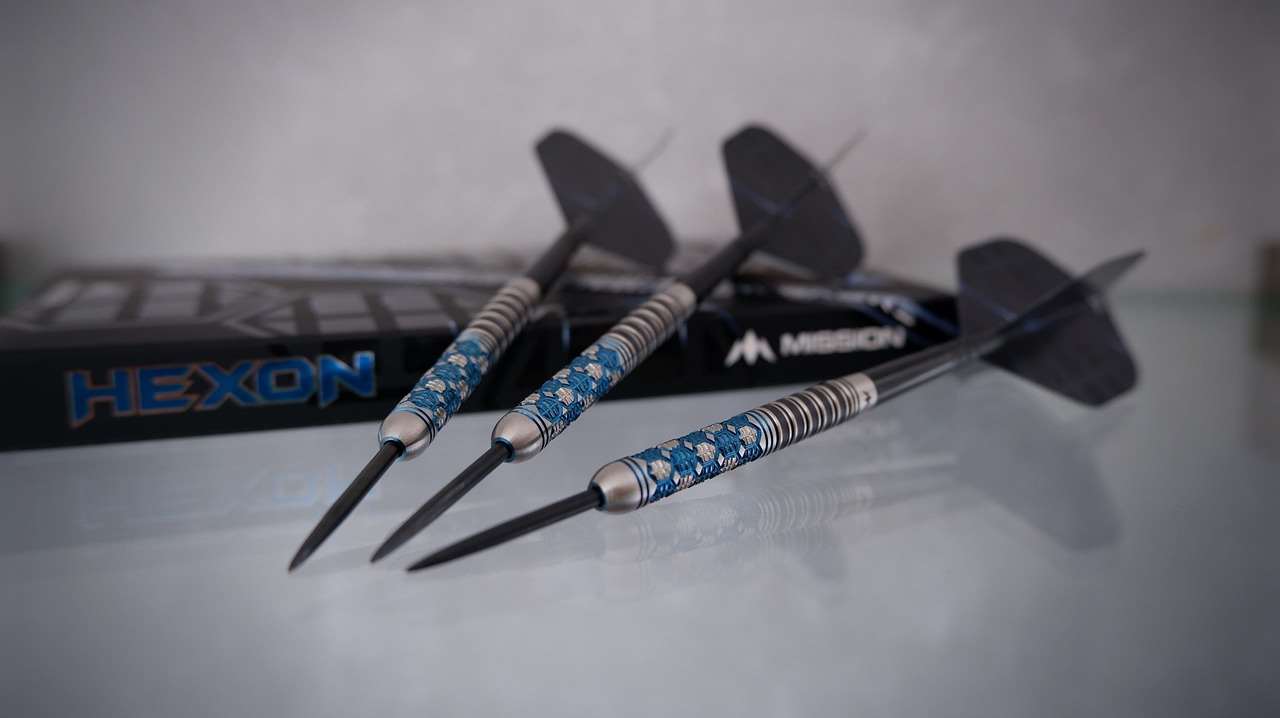
Mental Strategies
- Mindfulness and meditation: Practicing mindfulness techniques can help improve your focus and concentration, allowing you to maintain a clear mind even during long or challenging matches.
- Visualization: Before each throw, visualize yourself making a perfect shot. This mental rehearsal can help improve your performance and build confidence.
- Positive self-talk: Use positive self-talk to encourage and motivate yourself, particularly when facing fatigue or challenges. Focus on your strengths and previous successes.
- Breathing exercises: Deep, controlled breathing can help calm your nerves and reduce stress, improving your focus and accuracy.
Remember that managing fatigue and dart balance is a holistic process requiring attention to both physical and mental aspects of your game. By implementing these strategies, you can significantly improve your performance and enjoy a more consistent and rewarding dart-playing experience.
The Impact of External Factors
Beyond physical and mental fatigue, several external factors can also negatively affect your dart balance and overall performance. These factors need careful consideration and management:
Environmental Factors
The environment plays a significant role in a player’s performance. Factors such as lighting, temperature, and noise levels can all impact concentration and accuracy. A poorly lit room, for instance, can strain the eyes, affecting aim and focus. Similarly, an excessively hot or cold environment can lead to discomfort and fatigue, affecting your physical and mental capabilities.
Alcohol Consumption
The influence of alcohol on dart balance is undeniable. Alcohol consumption impairs coordination, reaction time, and judgment, significantly affecting throwing accuracy and overall game quality. Even moderate drinking can have a detrimental effect. For in-depth information on alcohol’s role in dart performance, please refer to our article on alcohol and dart player behavior. We also advise reading alcohol and sportsmanship darts.
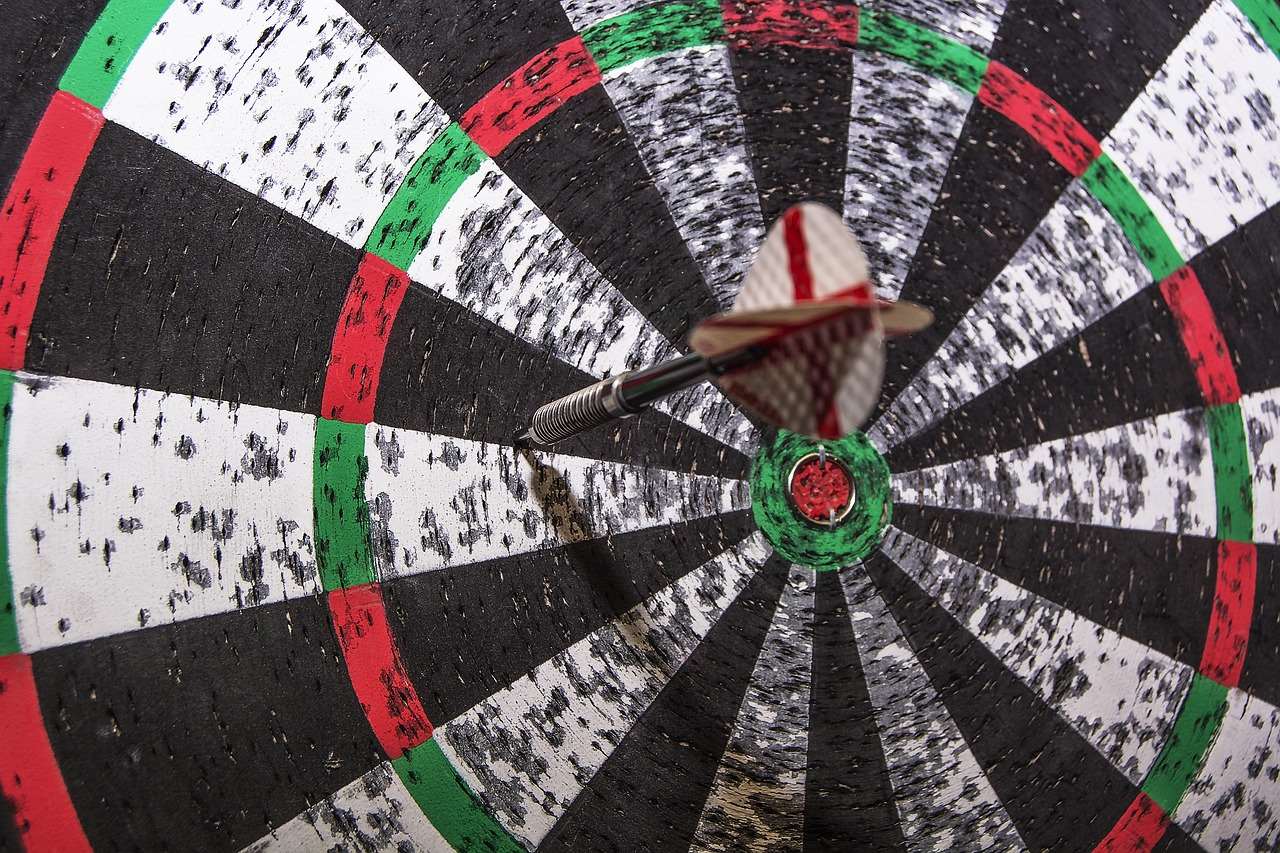
Nutrition and Hydration
Proper nutrition and hydration are crucial for maintaining energy levels and optimal physical performance. Dehydration, for instance, can lead to muscle cramps, fatigue, and decreased concentration. Similarly, a poor diet lacking essential nutrients can negatively impact energy levels and overall physical capabilities. Maintaining a balanced diet and adequate hydration are fundamental elements of maintaining optimal performance in darts.
Advanced Techniques for Improved Balance and Fatigue Management
For players seeking to further enhance their dart balance and fatigue management strategies, several advanced techniques can be considered:
Vision Training
Improving your visual acuity and hand-eye coordination can significantly benefit your accuracy and reduce the impact of fatigue. Consider incorporating vision training exercises or apps into your routine. You can learn more about the benefits of vision training in our article on improve dart accuracy vision and also on vision training apps darts.
Proprioceptive Training
Proprioceptive training focuses on improving your body’s awareness of its position in space. Exercises that challenge your balance and coordination can strengthen your core muscles and improve your stability, leading to a more consistent throwing action. This can help to compensate for fatigue-related instability in your stance and throw.
Low-Intensity Exercise
Incorporating low-intensity exercise into your training routine, such as yoga or Pilates, can help improve flexibility, balance, and core strength, minimizing the impact of fatigue on your throwing technique. You can find more details on suitable exercises in our article on low intensity exercise darts.
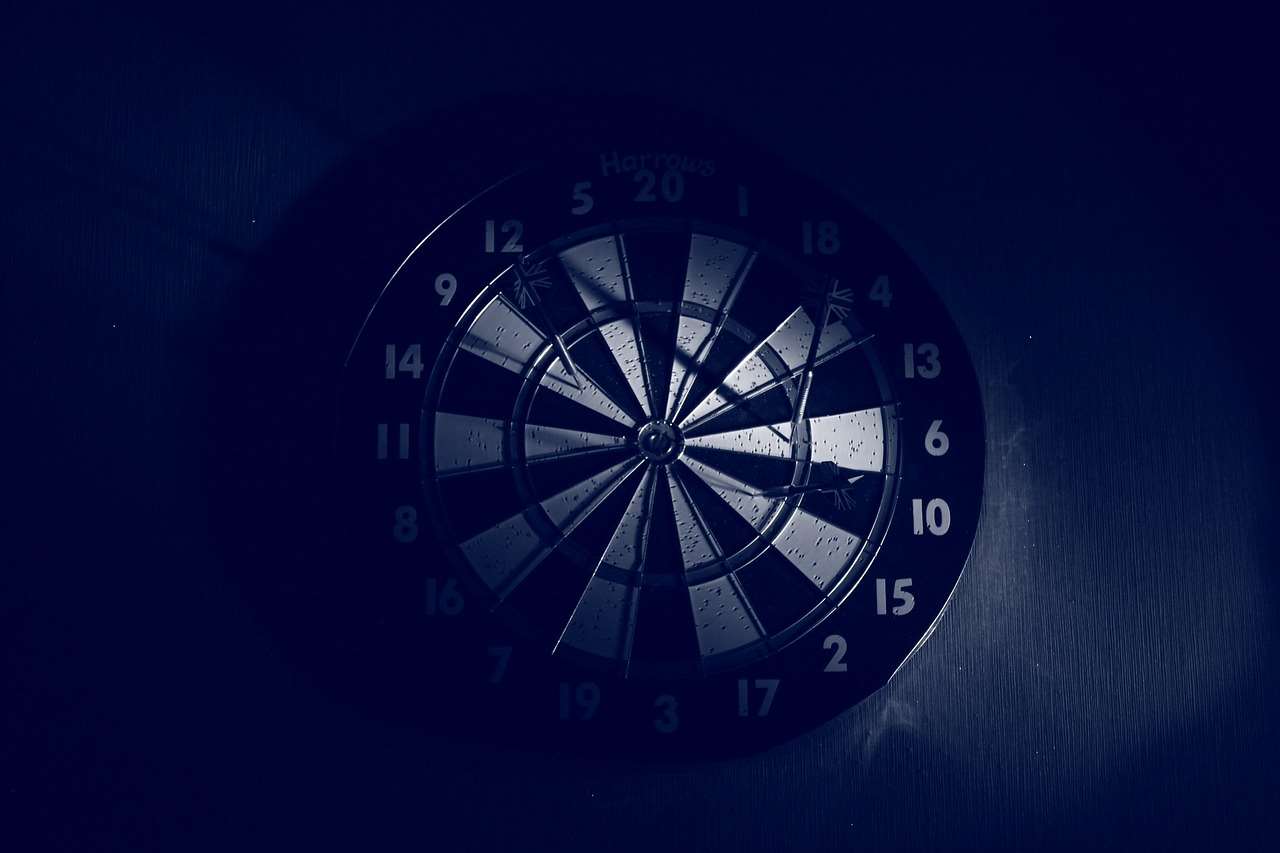
Conclusion
Successfully managing fatigue and dart balance is key to consistent high-level performance in darts. By understanding the connection between fatigue and your game, and by employing the strategies outlined in this article— encompassing physical conditioning, mental preparation, and mindful attention to external factors — you can significantly improve your accuracy, consistency, and overall enjoyment of the game. Remember to prioritize rest, nutrition, and a mindful approach to training and gameplay. Don’t hesitate to consult professionals if you need additional assistance.
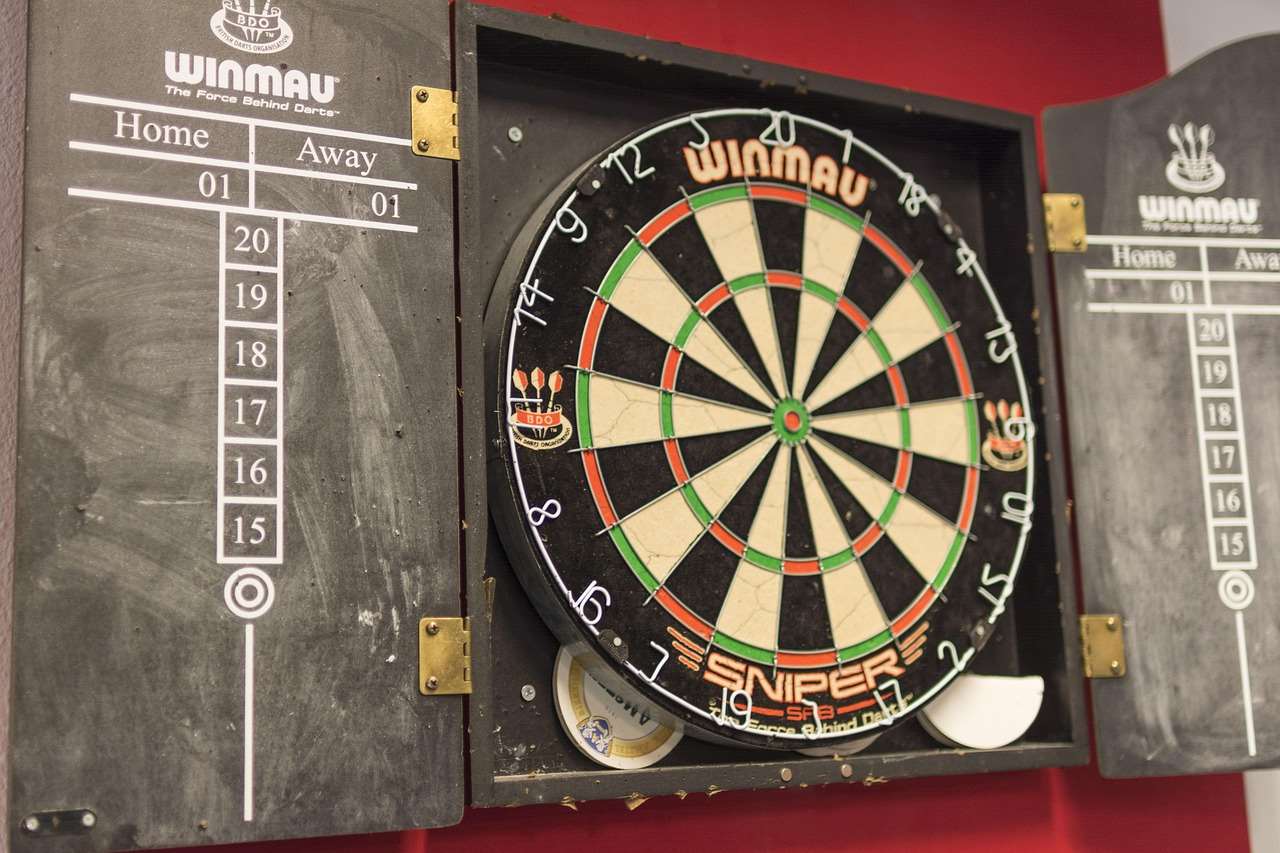
Start implementing these tips today and experience the positive impact on your dart game. Remember to always prioritize safety and proper technique to avoid injury. Your dedication to improving your game will show in your scores!
Hi, I’m Dieter, and I created Dartcounter (Dartcounterapp.com). My motivation wasn’t being a darts expert – quite the opposite! When I first started playing, I loved the game but found keeping accurate scores and tracking stats difficult and distracting.
I figured I couldn’t be the only one struggling with this. So, I decided to build a solution: an easy-to-use application that everyone, no matter their experience level, could use to manage scoring effortlessly.
My goal for Dartcounter was simple: let the app handle the numbers – the scoring, the averages, the stats, even checkout suggestions – so players could focus purely on their throw and enjoying the game. It began as a way to solve my own beginner’s problem, and I’m thrilled it has grown into a helpful tool for the wider darts community.